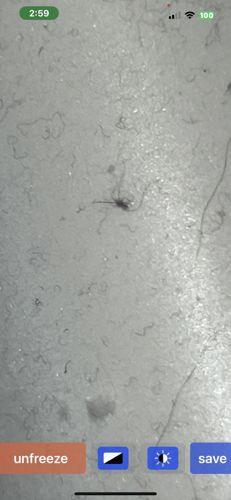Spider Mite
Scientific Name: Tetranychus urticae (Two-spotted spider mite is a very common species, but there are many others within the family Tetranychidae)
Order & Family: Order: Trombidiformes, Family: Tetranychidae
Size: Typically 0.2 to 0.7 millimeters (mm) in length. They are very small, often appearing as tiny moving dots on plants.

Natural Habitat
Spider mites are commonly found on a wide variety of plants, including agricultural crops, ornamental plants, trees, and houseplants, especially in warm and dry environments. They often colonize the undersides of leaves.
Diet & Feeding
Spider mites feed on plant cells by piercing the surface of leaves and sucking out the sap. They primarily target the underside of leaves and young shoots.
Behavior Patterns
Spider mites are known for spinning fine silk webs, especially when populations are high. They reproduce rapidly, with new generations appearing in as little as 5-7 days under optimal conditions. They thrive in hot, dry conditions. They are most active during the warmer months.
Risks & Benefits
Risks: Spider mites are major agricultural and horticultural pests. Their feeding causes stippling (small dots) on leaves, discoloration (yellowing or bronzing), reduced photosynthesis, and in severe infestations, defoliation and plant death. They can significantly reduce crop yields and ornamental plant value. Benefits: While generally considered pests, they are a food source for some predatory insects and mites, helping to maintain ecological balance.
Identified on: 9/2/2025